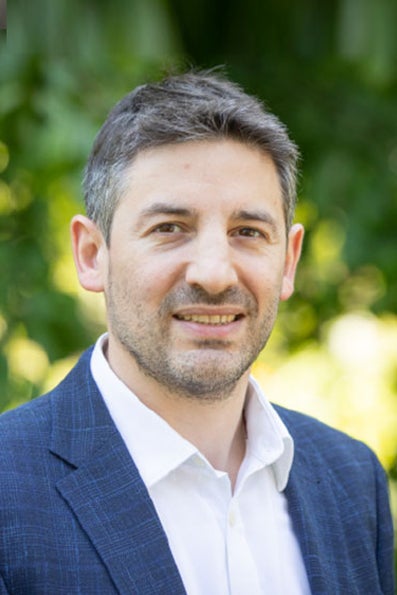Biography
Group Page: https://daviddulinlab.com/
David Dulin graduated his PhD at the Institut d’Optique-University Paris-Saclay on investigating bacterial and mammalian ribosome elongation dynamics using single-molecule fluorescence microscopy. He continued his academic journey in single-molecule biophysics by doing a first postdoc at TU Delft (The Netherlands) and a second one at the University of Oxford (England). He then started his lab in Germany at FAU Erlangen-Nuremberg, where he was the “Physics and Medicine” IZKF junior group leader. In 2021, he relocated his lab at the Vrije Universiteit Amsterdam where he currently is an assistant professor. He pioneered high-throughput and high-spatiotemporal resolution magnetic tweezers, and the investigation of RNA virus replication/transcription in vitro at the single-molecule level. He established the first single-molecule assay to investigate the SARS-CoV-2 replication-transcription complex RNA synthesis dynamics, which he applied to reveal one mechanism of action of the antiviral Remdesivir. He has been awarded several grants from the German Research foundation (DFG), the Dutch Research Council (NWO), and the National Institutes of Health (NIH).
Research description
Their group investigates how cellular and viral genomes are processed by molecular machines. We develop and apply innovative single-molecule techniques to image and manipulate such machines one molecule at a time when performing their function. We aim at capturing the decisive kinetic events that regulate replication and transcription in RNA virus, e.g. SARS-CoV-2, and the cell. We also apply our unique assays to assist the rational design of novel antiviral drugs, and investigate innate immunity molecular mechanisms.
Their instruments
Their lab has pioneered and developed state-of-the-art single-molecule magnetic tweezers instruments, reaching exquisite spatiotemporal resolution and parallelization capabilities. Our lab aims at pushing the technical limits of these instruments to improve resolution without compromising the parallelization. We also develop high-throughput fluorescence microscopy assays, which we aim at combining with magnetic tweezers.
Replication and transcription of SARS-CoV-2 and other RNA viruses
To multiply, RNA viruses must replicate and transcribe their RNA genome during their life cycle in the infected cell. To this end, the viral genome encodes a replication-transcription complex (RTC), which complexity varies from a single protein RNA polymerase, e.g. poliovirus, to a large multi-proteins complex, e.g. SARS-CoV-2. The coronavirus genome encodes a RNA polymerase that associates with multiple viral co-factors (helicase, exonuclease, processivity factors...). The RTC is an essential actor in the infection, as it enables both the faithful replication of the genome, synthesizes viral messenger RNA, and promotes evolution through rare mutations incorporation and recombination events. Therefore, the RTC is an important target for antiviral drugs, e.g. ribavirin, remdesivir and molnupiravir. Our research focuses on developing new biophysical strategies to monitor the assembly and the elongation dynamics of viral RTCs and reveal the mechanism of action of antiviral drugs targeting them.
